A half century ago, a series of monumental events took place over the course of one calendar year that would change the world and leave an indelible mark on history as one of the most culturally defining years to date. In this four-part series, we take a look back at life in 1969, as well as the people, places, and events of that year and their impact on society and the St. John’s community.
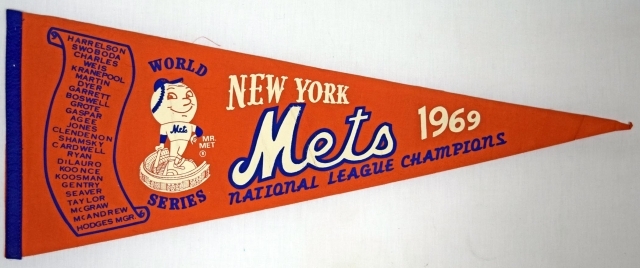
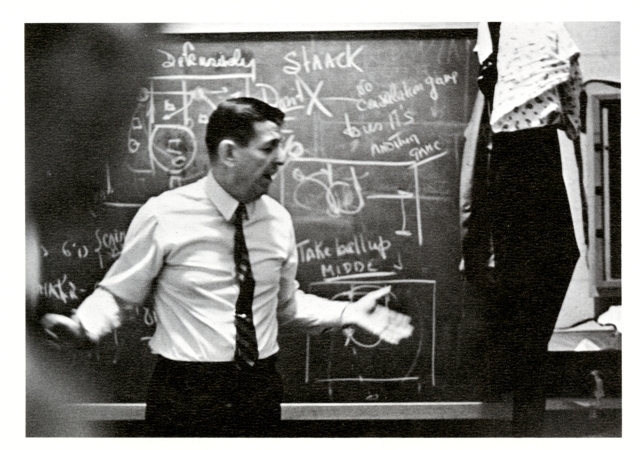
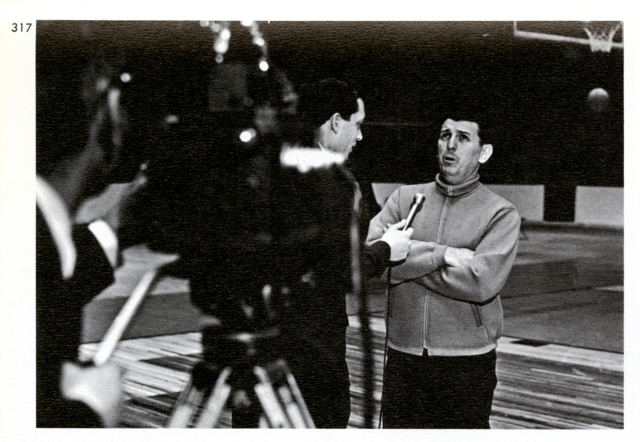
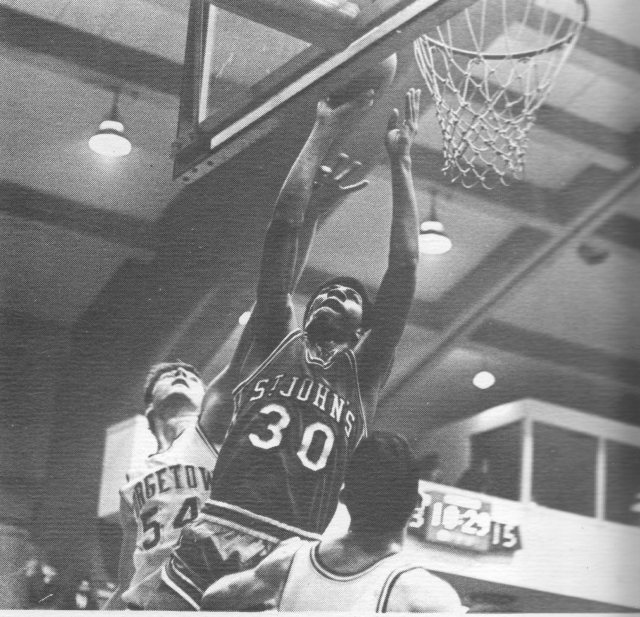
St. John’s shooting guard John Warren.
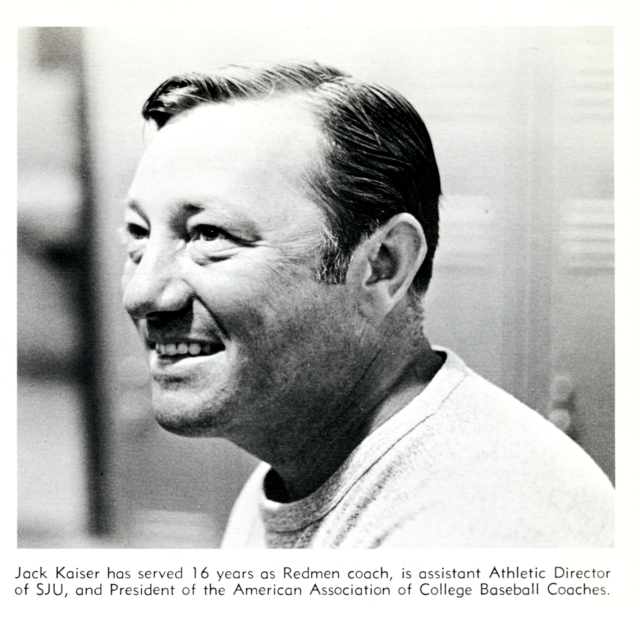
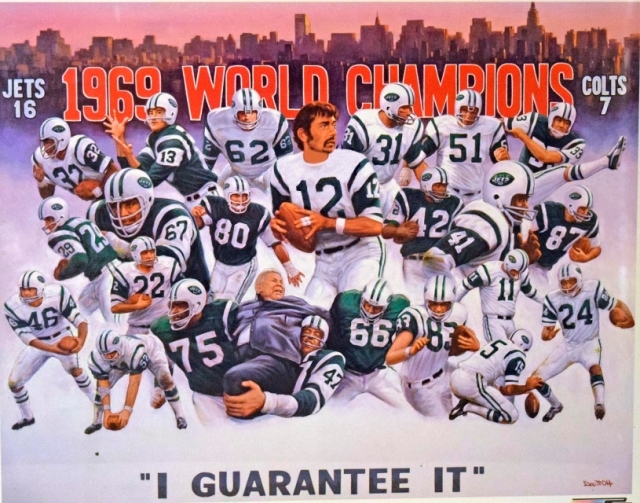




St. John’s shooting guard John Warren.



















Part II: An Amazing Year for New York Sports
To many New York sports fans, 1969 was a memorable year, as two major league teams won championships in their respective leagues and a third would begin a season in the fall and capture a league title in April of the following year.
This spectacular run has roots back to September 1968, when the New York Jets kicked off their season in Kansas City, en route to an 11–3 record—tops in the American Football League. They capped off a strong 1968 campaign by winning Superbowl III in January 1969, after Hall of Fame Quarterback Joe Namath guaranteed a victory over the heavily favored Baltimore Colts.
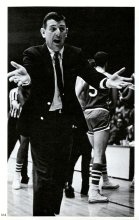
In the spring, a young college coach named Lou Carnesecca ’50C, ’60GEd, ’00HON, was completing his fourth season at the helm of the St. John’s Men’s Basketball team (then known as the Redmen), compiling a staggering .754 winning percentage and earning NCAA Tournament bids in three of his first four seasons.
That season, a newly enforced rule which stated “a coach shall remain seated on the bench” was particularly troubling for the very mobile leader of the team.
“How can anyone expect a coach to stay seated during an entire game?” he asked in a 1969 interview. “I wore out shoe leather before. Now, I guess if I can't get up, I'll wear out the seat of my pants."
While the BIG EAST Conference was still 10 years away from becoming a reality, the team did play against many of the teams that currently make up the conference, including Georgetown, Providence, and Seton Hall. Home games were split between Alumni Hall (now, Carnesecca Arena) and Madison Square Garden. The team posted a 23-6 record, earning an NCAA Men's Basketball Tournament bid.
In the National Basketball Association (NBA) draft, St. John’s shooting guard John Warren was selected by the New York Knicks (the aforementioned team that would win the NBA title in 1970) with the 11th pick. The Milwaukee Bucks used their first-overall draft pick to select New Yorker Ferdinand Lewis Alcindor Jr., later (and more commonly) known as Kareem Abdul-Jabbar, the NBA’s all-time points leader.
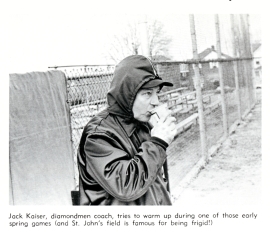
On the collegiate baseball diamond, St. John’s played its games on an unnamed field on the Queens campus, and legendary coach Jack Kaiser led the team to a 25-7 record. Pitcher Stan Babieracki ’69CBA, held opponents to an astounding 0.55 earned run average in 65-plus innings of work—still a St. John’s record.
The 1969 Major League Baseball (MLB) season began in April, with the New York Mets welcoming the expansion Montreal Expos to the league at Shea Stadium—the first international game in MLB baseball history.
Throughout most of the season, the Mets—themselves in only their eighth year of existence—found themselves trailing the Chicago Cubs in the National League East. However, after a late summer push in which the soon-to-be “Miracle Mets” won 38 of their final 49 games, the team won the division by eight games. The Mets went on to sweep the Atlanta Braves in the best of five National League Championship Series, capturing the pennant and the right to face the American League Champions in the 1969 World Series.
After losing Game 1 of the World Series to the heavily favored Baltimore Orioles, the Mets won four games in a row to capture their first World Series title, capping off an amazing season for the team, and a remarkable year that New York sports fans would not soon forget.
